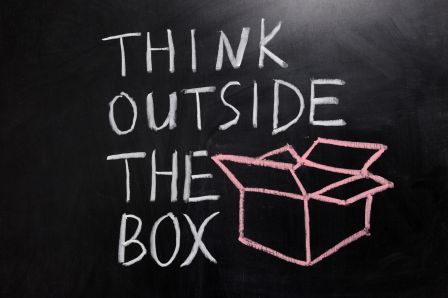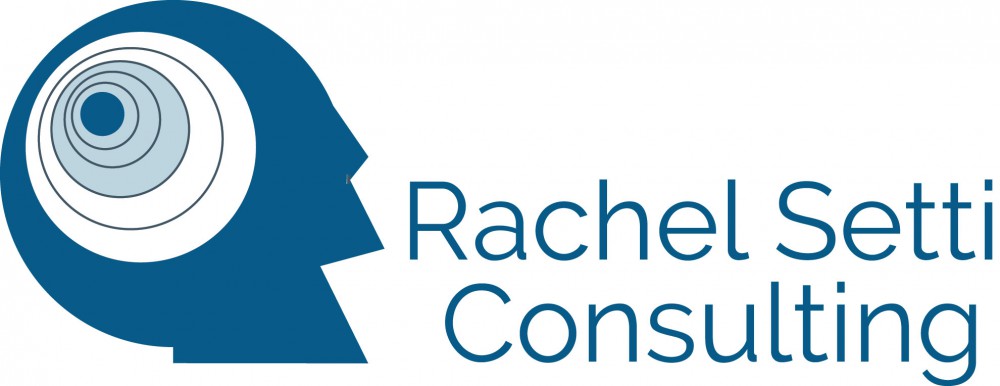
31 Oct Its true ‘culture eats strategy for breakfast’ – so how can organisations create a culture that stimulates creativity, entrepreneurship and innovation?
Culture is an all pervasive part of every organisation in which we work. Often intangible and challenging to identify, it is a narrative embedded in historical events, current practices and hopes for the future, it’s the behaviours which people refer to as “the way we do things around here”. And the people within the business are more than just vehicles of culture. They shape, they focus and they influence both consciously and subconsciously.
So how is innovation defined in a person? Essentially it is a person’s innate motivation and ability to produce new and useful solutions to a problem. Personality traits often associated with creativity are openness to new experiences, curiosity, attraction to complexity, independence, persistence and the like. Interestingly IQ and creativity are not necessarily linked. Also interesting is that organisational culture has an enormous impact on innovation. In other words, creativity, entrepreneurship and innovation are the result of the synergy between the environment and the people who inhabit it.
So how do we reach the right synergetic balance between innovation and stability within an organisation. Let’s first look at the individual’s life cycle within the organisation. If your business was a bus you’d only want those people on board who were travelling in the same direction – in other words, getting the right people with the right values into the right jobs sets them and the business up for good outcomes, and can help achieve the right innovative climate. It also goes without saying that well considered personal development helps people reach optimal performance – generic development approaches are often a stab in the dark, tailored ones better capitalising on strengths and remediate weaknesses !
As a psychologist I’m often asked if people can change – and the answer is a complex one. Generally change occurs as a result of multiple factors. Cultures which strike the right balance between autonomy, variety and feedback are often ones which best engage and stimulate their employees to do a good job and maximise creative capacity. The reason is that these elements give people a sense of control over their own destiny, in other words they see themselves as agents of change. They are more likely to display self-confidence, optimism, and risk taking – and without confident risk taking what hope do we have of achieving innovation?
Conversely cultures which lead by fear of consequence and micromanagement may see short term results, though also tend to nurture a sense of dependence. Disempowered by their leadership, the individual feels psychologically unsafe, and perhaps overcome with a sense of hopelessness that anything they contribute will have a productive outcome. Frighted to stray off the beaten track, staff seek constant direction and their motivation to innovate is clearly curbed. When this becomes the chronic situation – the status quo – we see employees feeling too disempowered to allow their creativity to flourish, too fearful of change, and too reluctant to embrace innovation. Whilst it’s true that its not always appropriate to take leaps of faith – think about an operating theatre whereby stringent processes keep the patient alive – though most entrepreneurial environments can afford open, transparent and considered risk.
Culture affects teams in the same way that it affects individuals. Rigid silos or cliques stymie creativity, whereas creative teams tend to focus on outcomes yet operate with a flat hierarchy and welcome new and rotating memberships. The environment is informal yet productive and members feel safe enough to present outlandish ideas without fear of ridicule or criticism.
And so I leave you with the thought that all organisations have a culture – like oxygen it is everywhere – and the behaviour of it’s leadership influences this beyond measure. What of cultural change that embraces creativity? Start at the top, develop and embed values that stimulate innovation and celebrate courage, communicate the vision and take people on the innovation journey – integrate innovation into daily processes and routines, celebrate the audacity to make mistakes, let creativity become an automatic behaviour, let employees say of innovation “this is the way we do things around here”.



No Comments